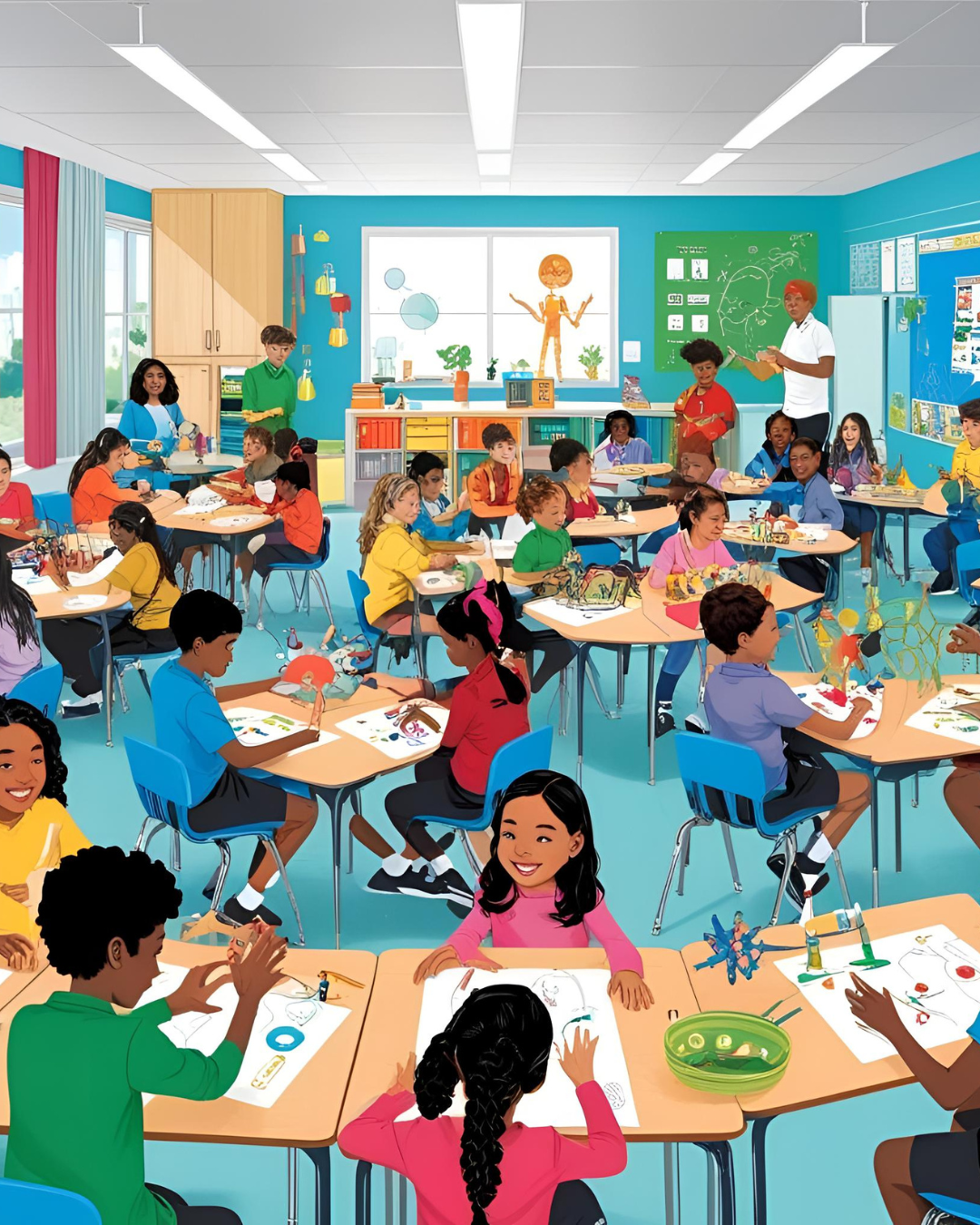Explaining Secondary School Pathways in Kenya: Helping Parents and Students Navigate the Options
- Posted by: Goshule
The journey through secondary school in Kenya is a crucial stepping stone for students as they prepare for higher education and future careers. With recent reforms and the advent of the Competency-Based Curriculum (CBC), understanding the various secondary school pathways is more important than ever. For parents and students, making informed decisions starts with understanding the structure and opportunities available in Kenya’s secondary education system.
The Structure of Secondary Education in Kenya
Traditionally, Kenya’s secondary education has followed the 8-4-4 system, where students complete eight years of primary education, four years of secondary education, and four years of university (if applicable). However, the country is transitioning to the 2-6-3-3 system under the CBC framework, which focuses on equipping learners with skills for real-world problem-solving. Secondary school falls under the “three years” segment of this framework, during which learners progress to Junior Secondary School (JSS) and later Senior Secondary School (SSS).
Pathways at Senior Secondary School
Under the CBC, Senior Secondary School introduces three distinct pathways to cater to the diverse interests, skills, and aspirations of learners. These are:
1. Arts and Sports Science Pathway
This option is perfect for students with creative talent or an aptitude for sports. It focuses on subjects like music, drama, visual arts, physical education, and sports management.
-
Who It’s For: Aspiring artists, athletes, sports managers, or those aiming for careers in media or performance arts.
-
Future Opportunities: Professional sports, creative industries, or further studies in arts or physical education.
2. Social Sciences Pathway
This pathway nurtures students with an interest in subjects like history, geography, business studies, and community development.
-
Who It’s For: Students passionate about human behavior, societal structures, and leadership.
-
Future Opportunities: Careers in law, teaching, social work, or economics.
3. Science, Technology, Engineering, and Mathematics (STEM) Pathway
The STEM pathway is geared toward students with a flair for mathematics, physics, biology, and technical subjects like ICT, engineering, and agricultural science.
-
Who It’s For: Innovators, problem-solvers, and tech enthusiasts.
-
Future Opportunities: Fields such as engineering, healthcare, computer science, and research.
Key Considerations for Parents and Students
Choosing a pathway isn’t just about current interests; it’s also about future ambitions. Here are some tips:
-
Identify Strengths and Interests: Work with teachers and mentors to assess the student’s strengths and passions.
-
Research Future Careers: Understand which careers align with the pathway and whether it provides room for flexibility.
-
Consult with Schools: Different schools may specialize in specific pathways. Research and choose schools with expertise in the desired pathway.


Comments (0)